“I won’t tell anyone where my favorite place in Scotland is … but it might be somewhere on Skye.”

- Sam Heughan, actor
ISLE OF SKYE
Old castles and distilleries … and old trains, too. Here’s the part of our trip that I was really looking forward to – riding aboard the Jacobite Steam Train. It’s a scenic railway that operates between Fort William and Mallaig. It’s famed for its role as the Hogwarts Express in the Harry Potter film series and its stunning views en route. We had our tickets booked and were raring to go riding on the rails.
The train journey covers 84 miles roundtrip and crosses the iconic 21-arch Glenfinnan Viaduct, offering passengers spectacular views of Loch Shiel and the surrounding highlands.
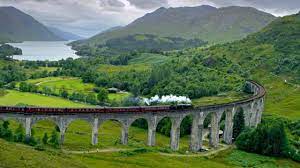

But here’s the catch … the railroad operator has been getting yearly operational extensions on their antique carriages for the last decade; exemptions have been issued over a safety lock mechanism. Alas, as luck would have it, this was the year that the exemption wasn’t granted; cancelling future train services until the issue is resolved. Add another reason to revisit Scotland!
What a bummer, and so be it, with disappointment in-hand, we toured the town of Fort William instead.
*** You can’t keep a good train down, as limited service was resumed the following month.
Fort William
Fort William (pop. 10,500) is a town located in the Scottish Highlands; situated at the southern end of the Great Glen, on the shores of Loch Linnhe. It’s nestled at the foot of Ben Nevis, the highest mountain in the British Isles.
It’s named after William of Orange, who ordered the construction of a fort in the late 17th century to control the Highland clans. The fort itself was eventually dismantled, but the town retained the name.
In the town center we stumbled into the West Highland Museum which holds fascinating collections relating to the people of the West Highlands: their history, culture, and heritage and includes artifacts of the political, economic and everyday lifestyles since the coming of the industrial and modern age.

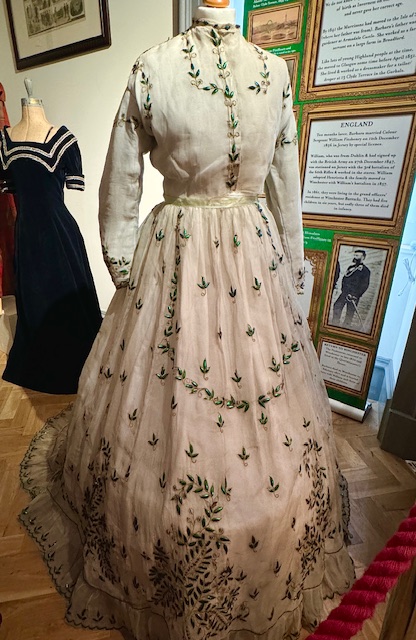
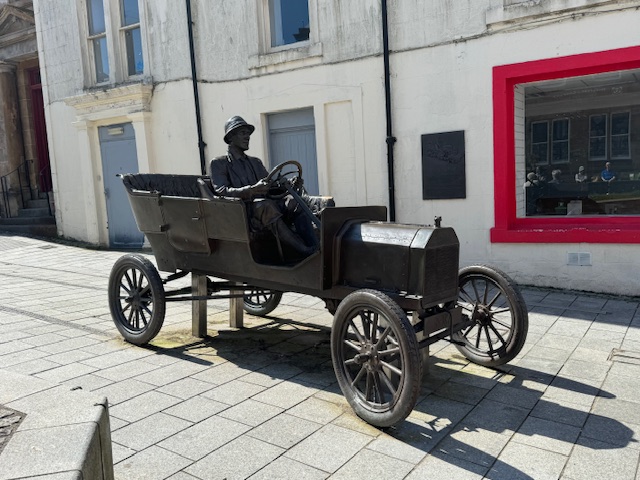
Founded in 1922, the museum has a special focus on the Jacobite era and the life of Bonnie Prince Charlie (1720-1788). “Outlander” fans (hello David!) make this museum a ‘must see’ destination to learn more about the period and causes. There’s an outstanding collection of Jacobite artifacts, including items related to the 1745 Jacobite Rising and the Bonnie Prince. The most bizarre would be his death mask!
It’s nosh time and lucky for us, the Nevis Bakery beckoned just across the small plaza. It’s very popular with the locals and for their steak pies. Sweet Tooth David favored a foot-long pastry filled with luscious cream and sprinkled all over with coconut flakes. Heavenly. After a bite, it was time for a little retail therapy, since the train cancellation gave us extra time to shop.
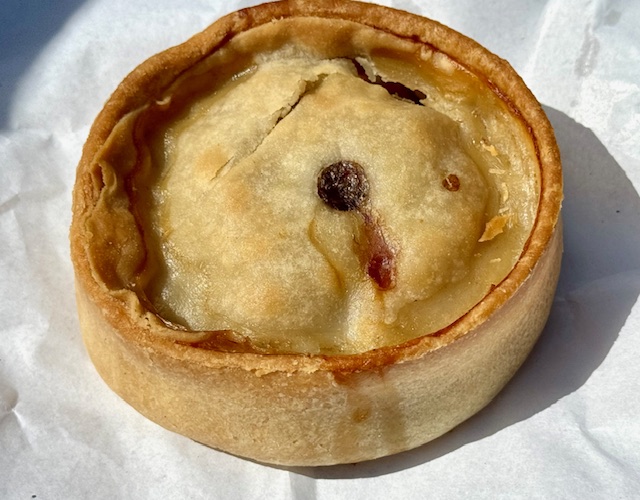
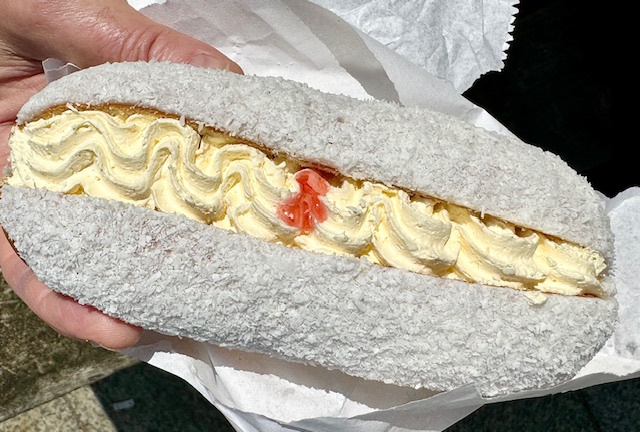
Isle of Skye
There are two ways to get to the Isle of Skye: ferry or bridge. We took the bridge, since our ferry got cancelled (I’m sensing a trend here in the Highlands). The famous Skye Bridge links the Isle to the Scottish mainland. It was completed and opened to traffic on October 16, 1995.
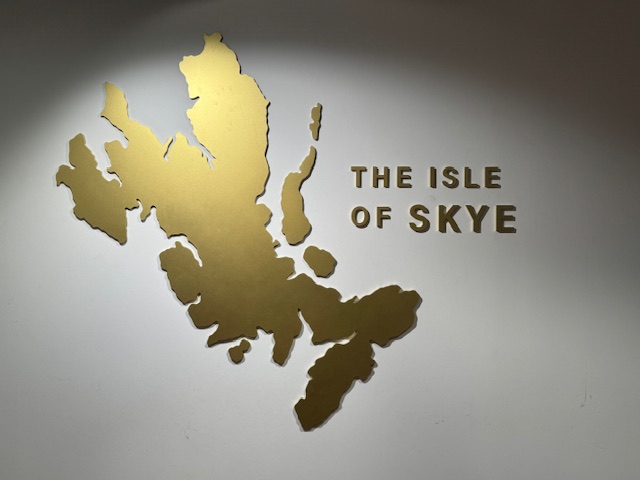

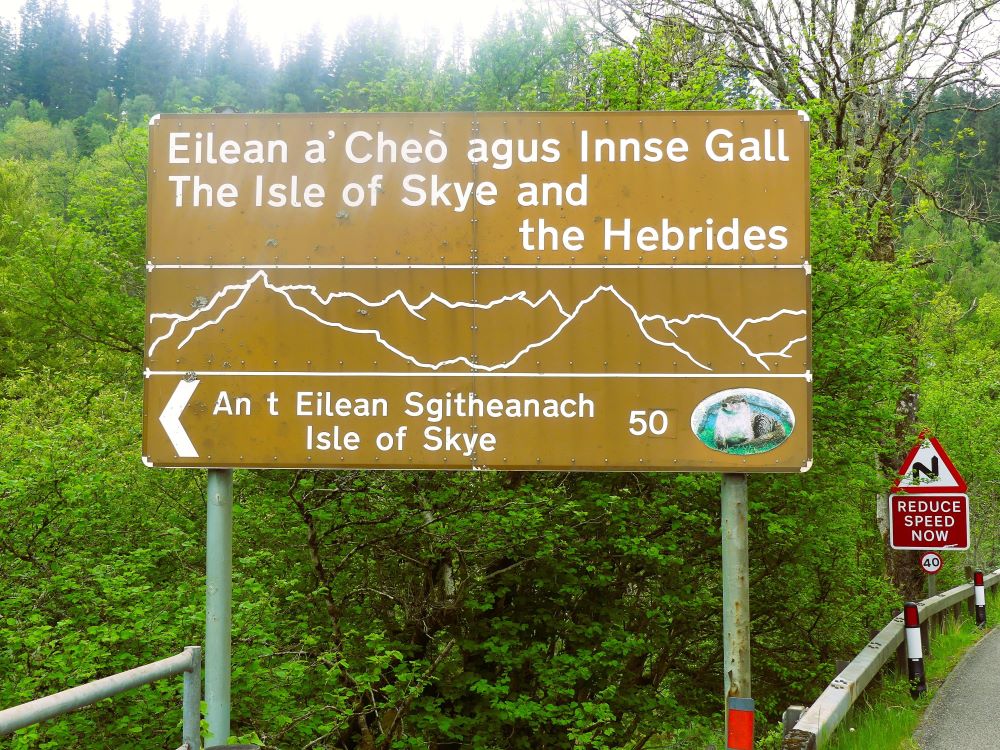
The bridge was designed by Miller-Dywidag and is a concrete arch bridge, and is a dramatic 95 feet high at its highest point above the water.
We arched up and then back down, and just like that we landed on the Isle of Skye; referred imply as Skye. And so began our short, but eye-opening island adventure. Skye is the largest and northernmost island in the Inner Hebrides of Scotland and features rugged, treeless landscapes, picturesque villages, and a rich history. The isle has also provided inspiration for poetry, songs, novels and films.
What was so incredible was how dramatic the topography here changes with every curve of the road.
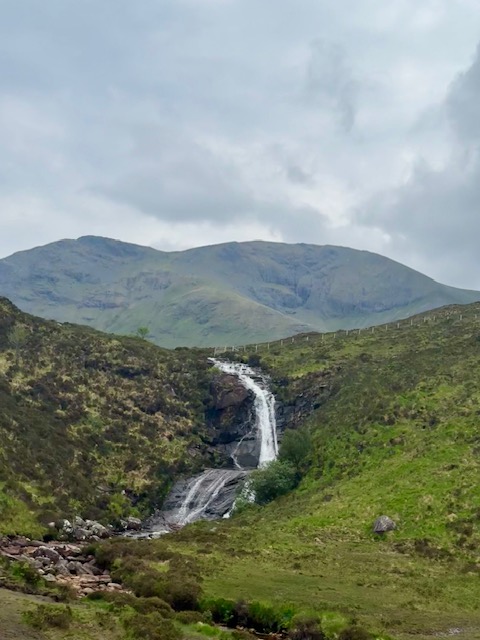
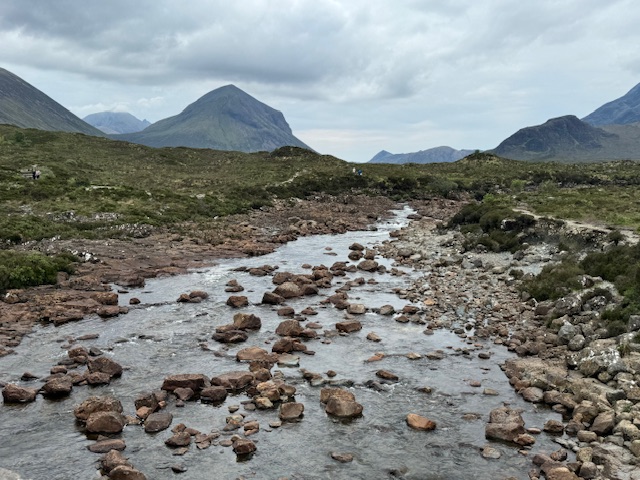

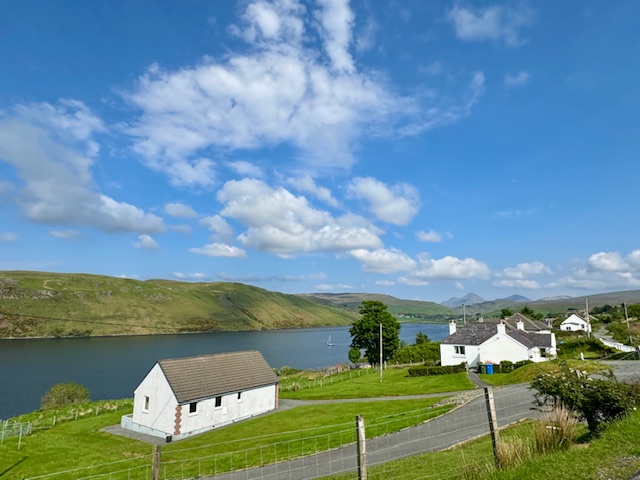
Talisker Distillery
Speaking of curves, the drive to reach the isolated Talisker Distillery was not for the faint-hearted. This will be our second distillery visit and in our opinion, the better of the two. Talisker, another Diageo brand, is situated in the small village of Carbost on the western shore of Loch Harport. The distillery is nestled in a scenic spot with the Cuillin mountain range providing a dramatic backdrop.
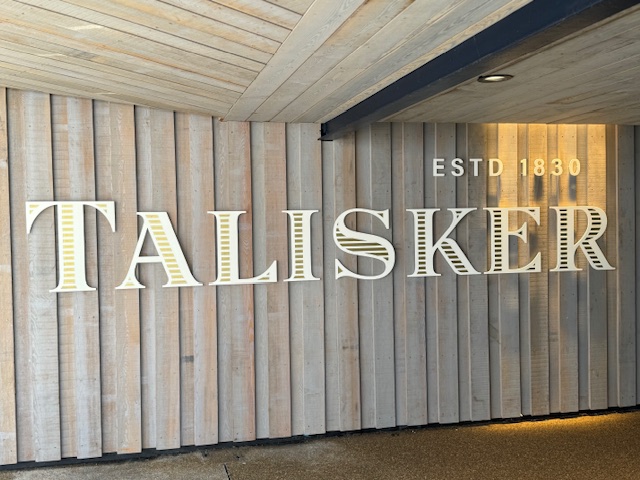
Talisker Scotch Whisky was established in 1830 by Hugh and Kenneth MacAskill, and is one of the oldest distilleries in Scotland, and the oldest on Skye. Their whiskies are characterized by their maritime influence, often described as having a briny, salty tang.
They also feature notes of smoke, pepper, and sweetness, creating a balanced and robust flavor. Its limited production and high quality make its whiskies particularly sought after. Talisker has received numerous awards and accolades over the years, reflecting its status as a premium whisky producer.
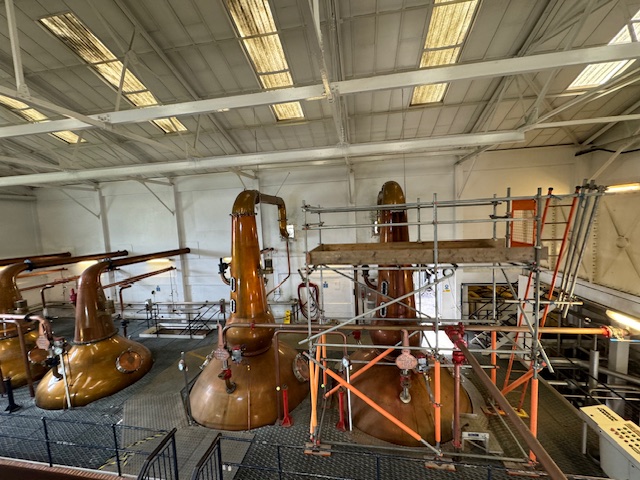
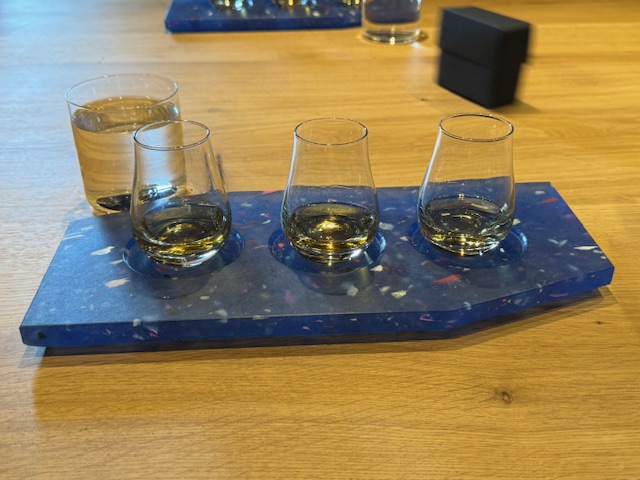
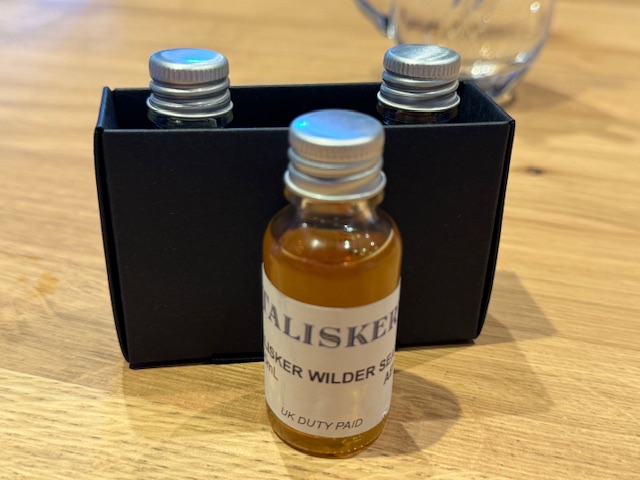
The distillery plays a significant role in the town’s history and economy and is a popular destination for whisky enthusiasts and tourists alike. You only had to enter and see the many aficionados gathered in excitement for the tour. Especially noteworthy was the considerable number of young and knowledgeable people who will continue growing the market. Move over Tequila, you’ve got competition!
Dunvegan Castle
We’ve now entered the celebrated MacLeod clan’s territory. Their ancestral home, Dunvegan Castle, has been the family seat since the 13th century; holding the distinction of being the oldest, continuously inhabited castle in Scotland spanning over 800 years.

The castle’s construction began in the 1200s, with significant additions and modifications made over the centuries; resulting in a blend of architectural styles.


The MacLeod clan’s motto, “Hold Fast,” is prominently featured throughout, and the castle houses many artifacts related to their storied history.
The Fairy Tower, one of the oldest parts of the castle, dates to the 14th century. It includes the famous Am Bratach Sith (The Fairy Flag of Dunvegan), one of the clan MacLeod’s most treasured possessions. It is said to possess magical, miraculous properties that can bring victory in battle and protection to the clan.
Other notable items include the Dunvegan Cup, a ceremonial drinking vessel dating back to the 15th century, and Sir Rory Mor’s Horn, used in ancient clan rituals.

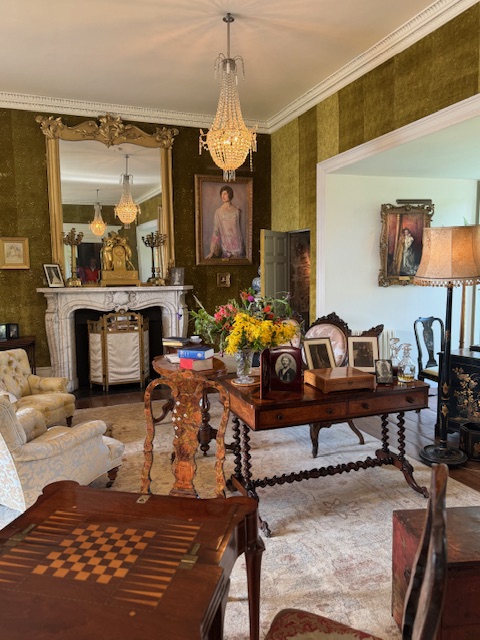
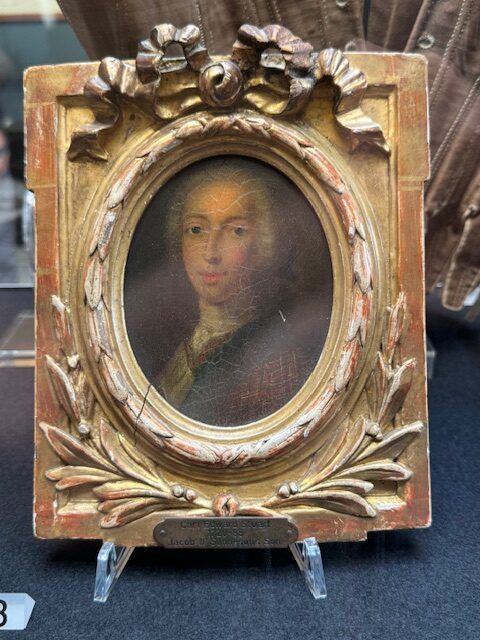
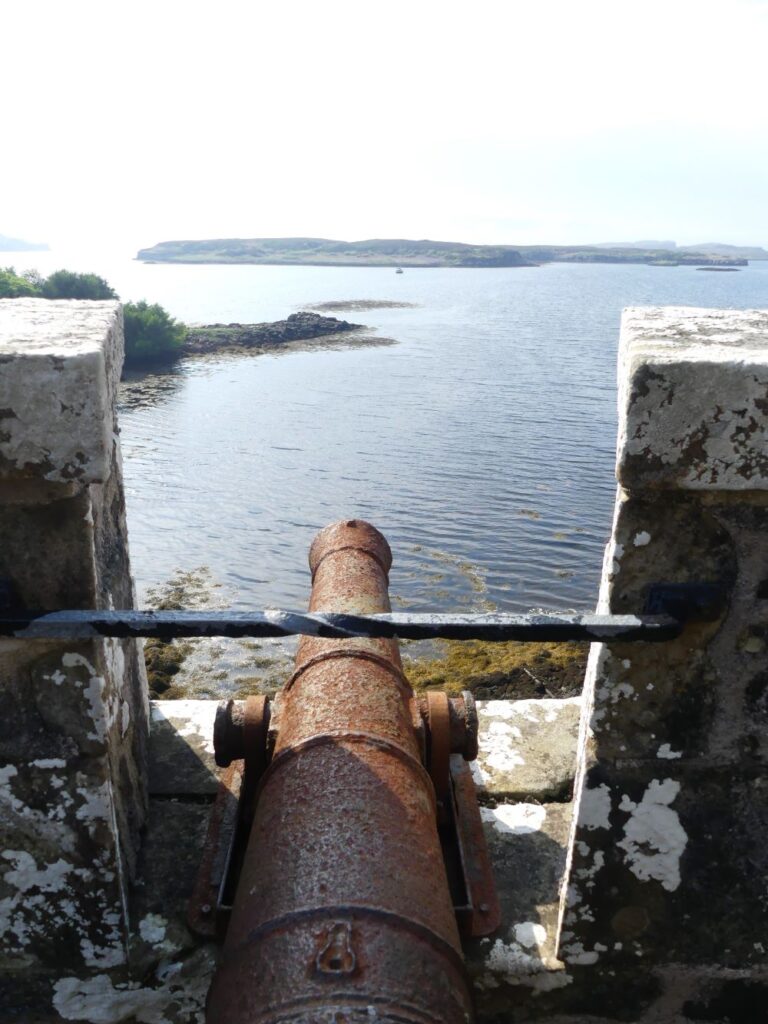
Dunvegan Castle is surrounded by extensive gardens, which are meticulously maintained; however, we made our visit a truly short one due to inclement weather.
Eilean Donan Castle
Eilean Donan Castle is one of Scotland’s most truly iconic and picturesque castles. Many consider it to be one of Scotland’s most beautiful. It dominates a small tidal island where three sea lochs meet: Loch Duich, Loch Long and Loch Alsh. A walk across its long stone bridge is its only accessway.
“Eilean Donan,” translates to “Island of Donan,” named after Saint Donan, a Celtic saint martyred in the seventh century. It’s been associated with several Scottish clans, most notably the MacKenzies and their allies, the MacRaes.

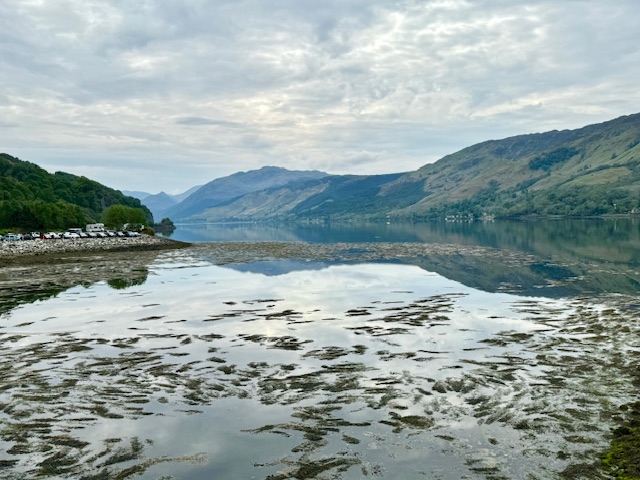
The castle was founded in the 13th century; initially established to protect the region from Viking invasions. The original structure has undergone several phases of construction and destruction. There’s a blend of medieval and modern architecture, with its thick stone walls, battlements and strategic layout that shows off its historical defensive strategies.
The current structure was rebuilt in the early 1900s by Lieutenant Colonel John MacRae-Gilstrap, who restored it based on historical records. Sadly, there were no photos allowed in the castle and if you ask me, it was furnished in an 18th century version of Ikea.
Portree
The harbor town, Portree, is Skye’s largest town and capital of the Isle of Skye. It’s nestled on the island’s eastern coast. It would be where we bedded down for the night.
Portree’s natural harbor is sheltered by cliffs, providing a haven for boats and a picturesque setting for visitors. Its shoreline is a focal point; lined with colorful buildings that create a vibrant and welcoming atmosphere.
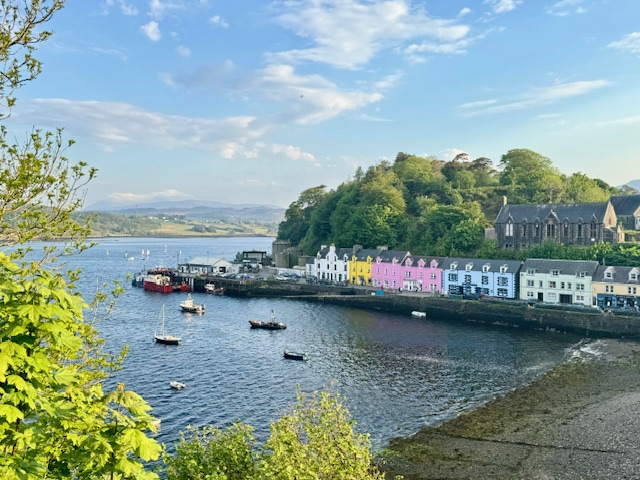
The town’s name, Portree, comes from the Gaelic “Port Rìgh,” which means “King’s Port,” a name derived from a visit by King James V of Scotland in 1540.
A tourist destination, we’d pop into some of its many shops selling a range of items, from souvenirs and crafts to clothing and local produce. The wonderful Skye Batiks shop is particularly popular for its unique handmade textiles. David found himself a beautifully textured, colorful pullover as a wearable keepsake.



The Skye landscapes reflects Scotland’s dramatic and turbulent history; from its jade-colored lochs to barren rock and desolate mountains; every curve of the road brought a different vista, making this one heck of a majestic grand drive.
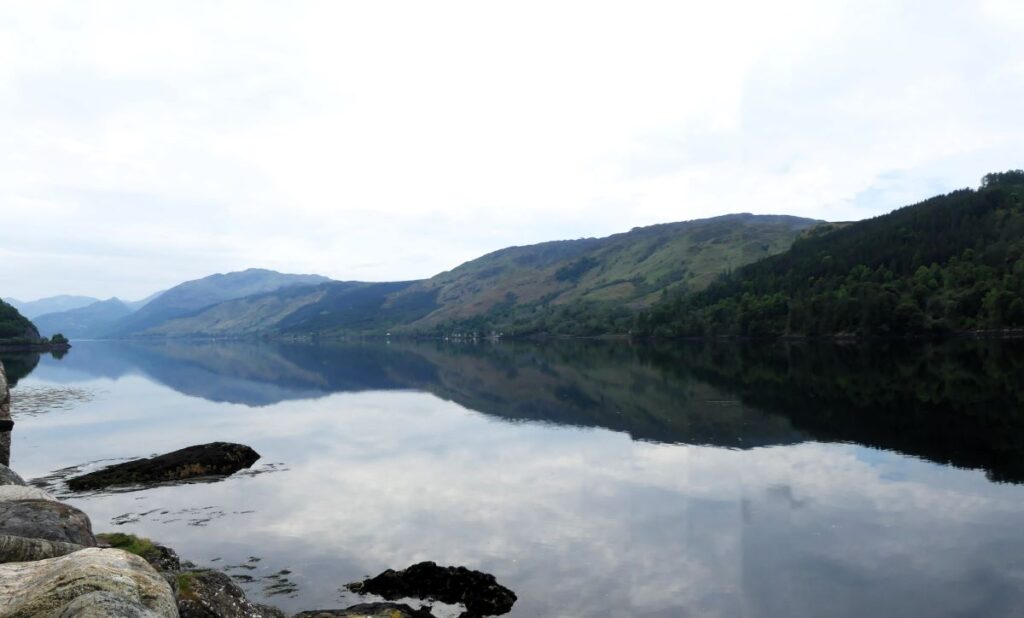
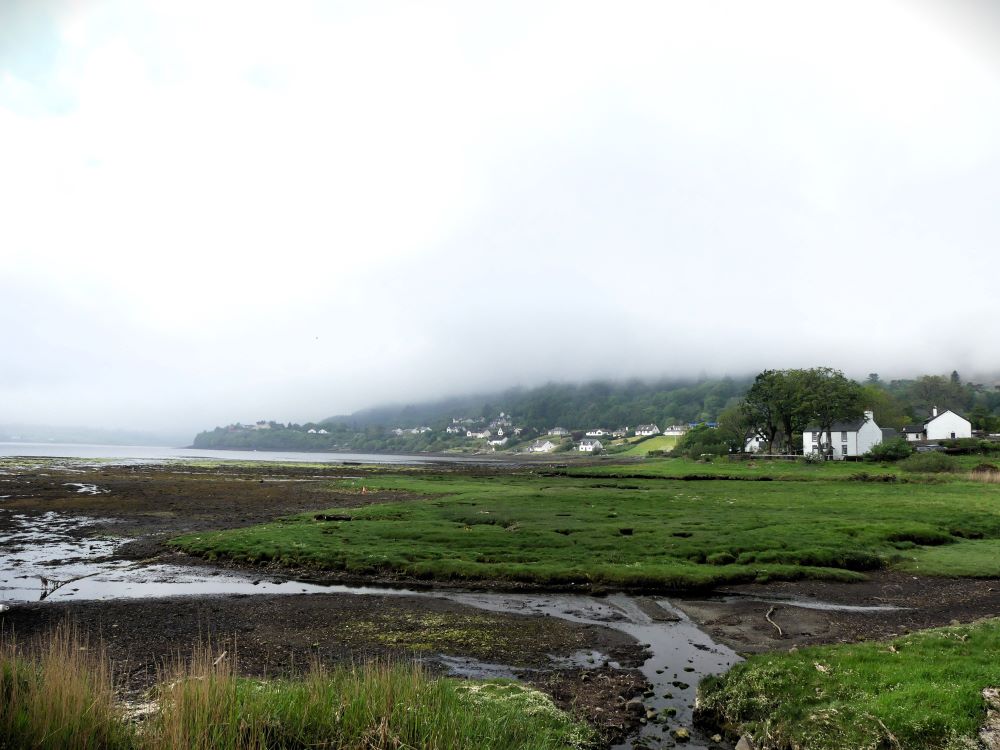
We’ve now upped our Scottish Family Clans territorial count to seven: Campbell, MacDougall, Stewart, MacDonald, MacLeod, MacKenzie and MacRae. Scotland is definitely a braw destination!
As seen from the road…..

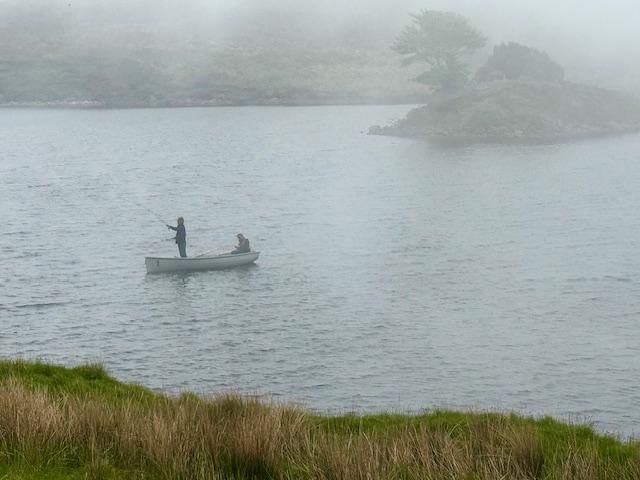

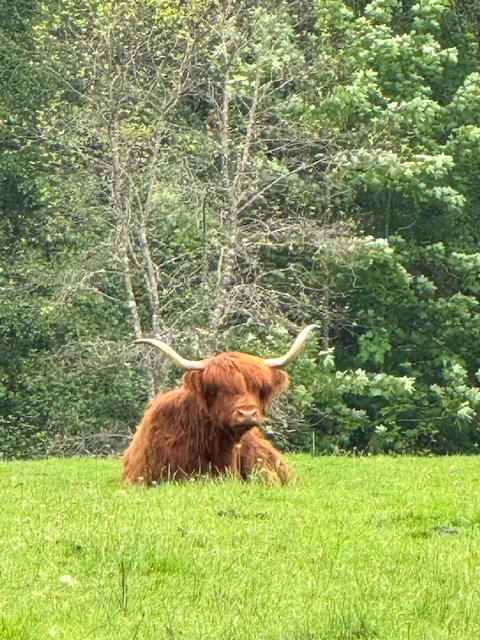
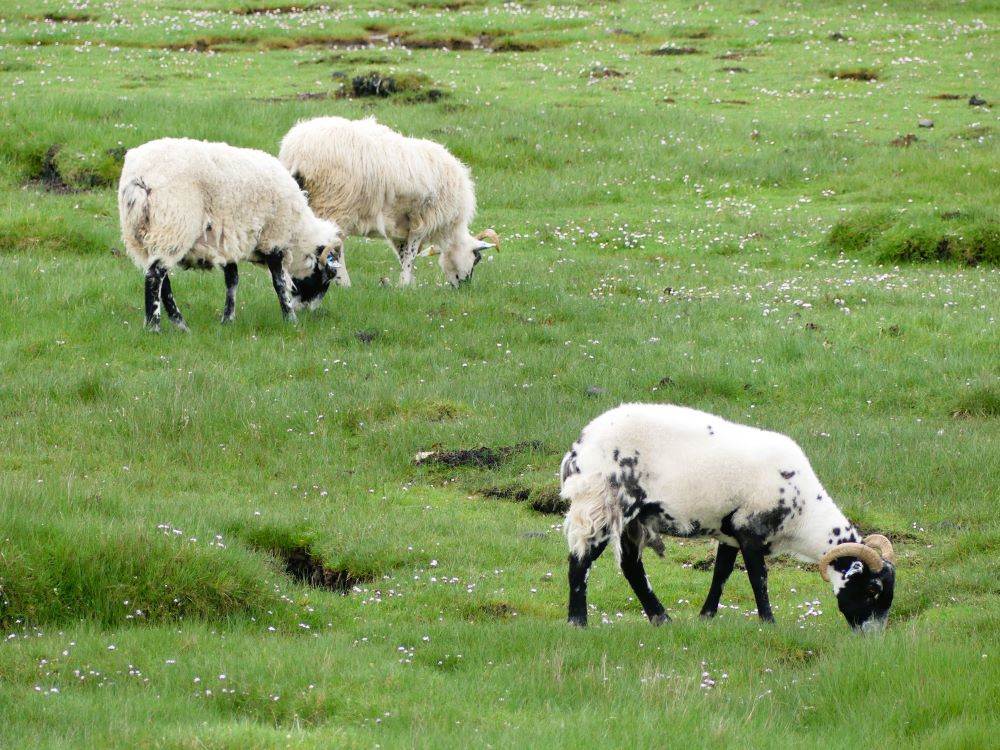
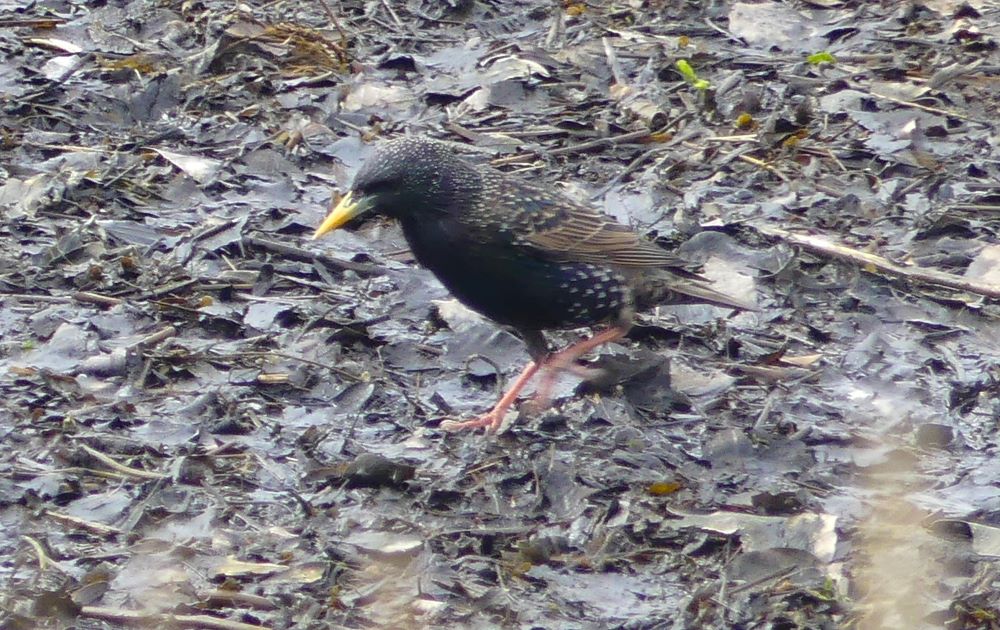
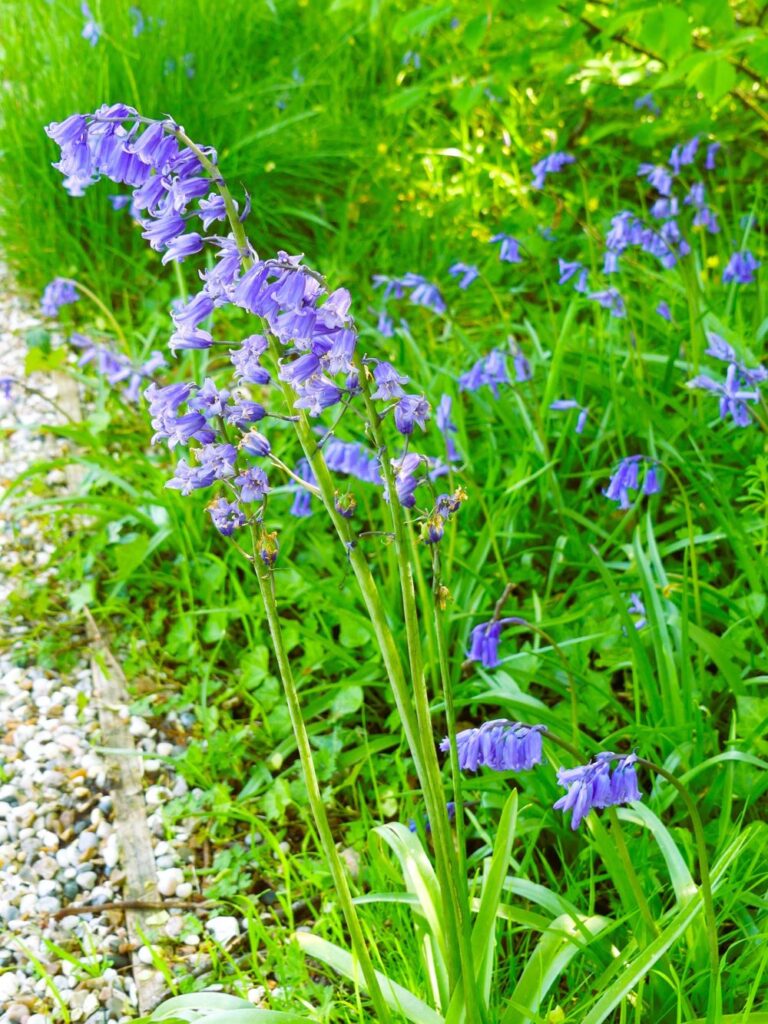
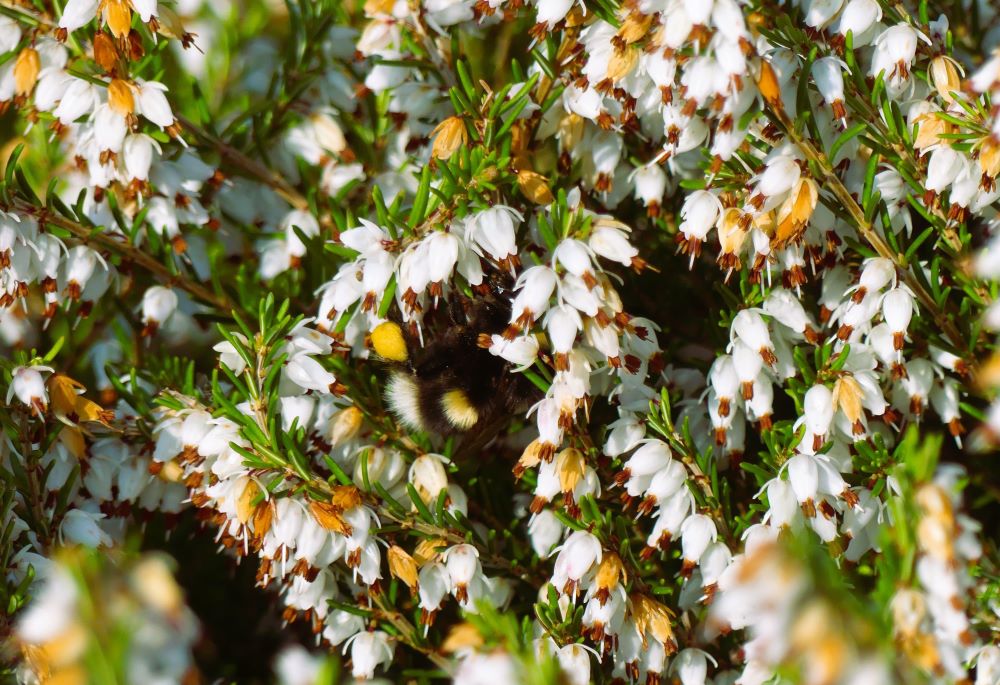

Tomorrow, we go in search of a legend.
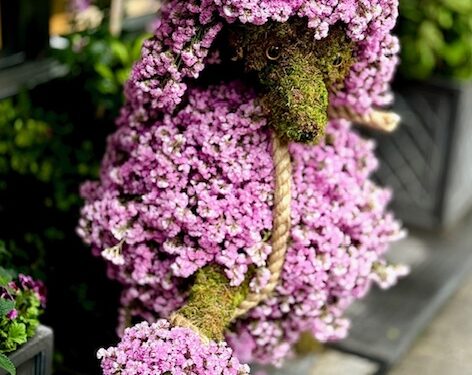
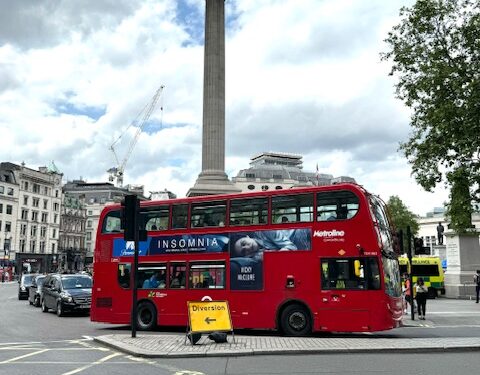
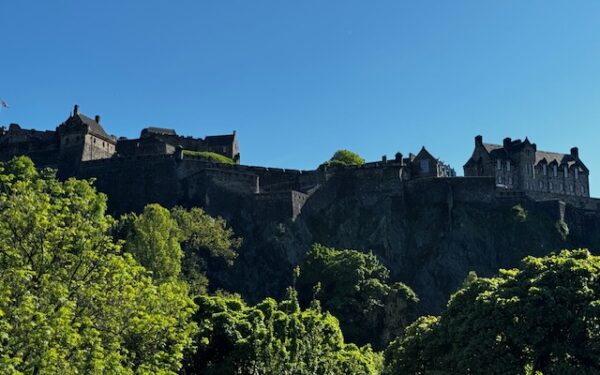
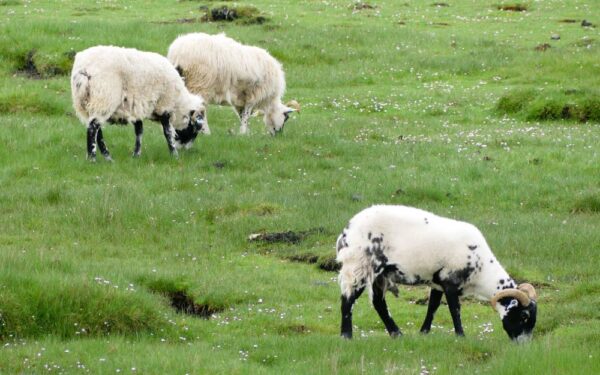
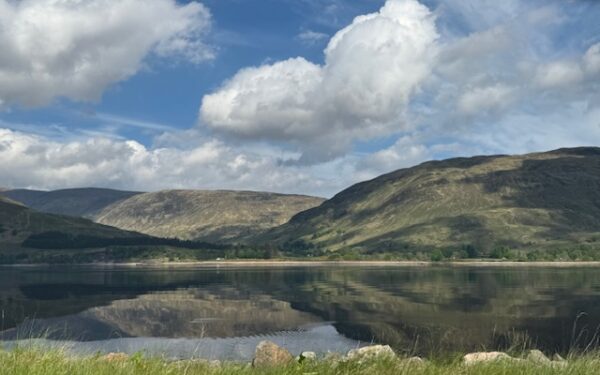
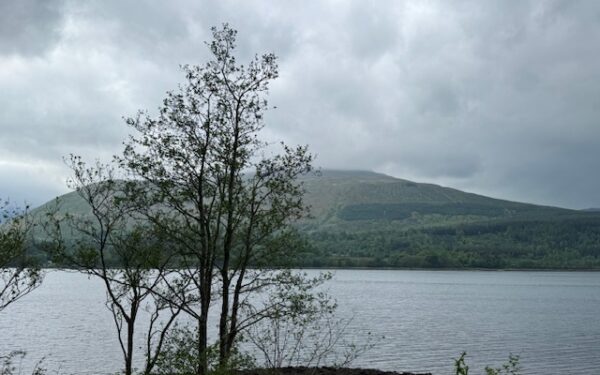
Beautiful scenery, historic settlements, Highland cattle, flowers galore, some nice Talisker whisky – what’s not to love? I, too, am an Outlander devotee! I love the song that opens each episode! We didn’t make it to Skye, but it looks like a fun place to hang out!
Fort William’s West Highland Museum could not take the place of a fabulous train ride, but it certainly was a wonderful find. Being an avid “Outlander” fan, all things of historical Scotland are of interest, but the Jacobites especially pull at the ol’ heartstrings. David must have been in heaven, seeing one historical piece after another that he could relate to after viewing “Outlander.”
Isle of Skye’s seemingly untouched natural rugged beauty is beyond compare. You’ve done a masterful job of taking all your readers on an incredible adventure. Such variety in every Musings. Thank you!
Visiting Talisker Distillery through your eyes was really interesting. After reading about Talisker’s unique flavor, I could easily become a whisky convert.
Dunvegan Castle, continuously occupied by the MacLeod Clan for 800 years is an impressive fete. Clan portraits show a people of fine Scottish stock.
The view of Portree from your hotel room would never get old. Such a classically beautiful scene. Bucolic. Pristine.
As Seen …
The diversity of subject matter accurately portrays the essence of “all this and more is Scotland” beautifully.